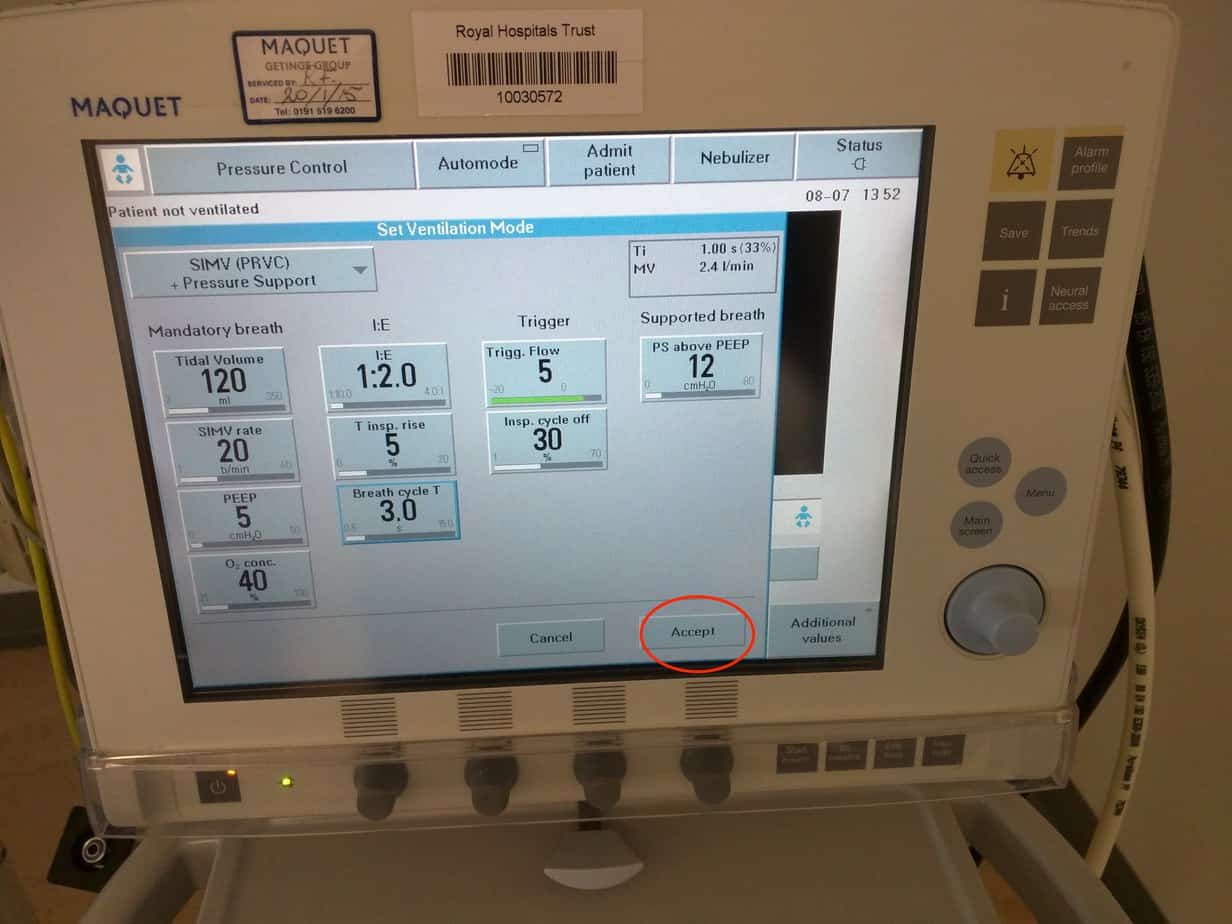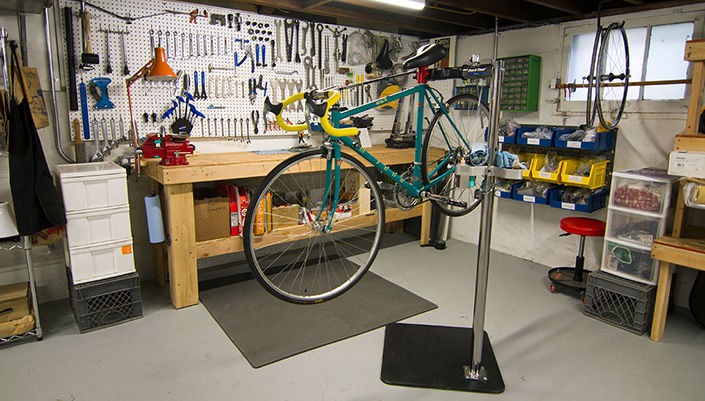

- Setting up fuzzmeasure how to#
- Setting up fuzzmeasure serial#
- Setting up fuzzmeasure pro#
- Setting up fuzzmeasure mac#
You should hear a faint sweep from low to high frequencies through the selected speaker. Position the UMIK-1 where you want to take the measurement, and point it towards the speaker being measured.Ĭlick on the + button to view the Measure screen:Īs long as you have turned the volume down, you can click on the Measure button (the red one with the triangle). Note that both input and output operate at the same sample rate, so the output device must be able to operate at 48 khz (almost every device will).īefore proceeding, turn down the volume on your preamp or A/V receiver to a fairly low level. Under Record Channels, drop down the selector for channel 1 and select "miniDSP UMIK-1.".If you have selected a stereo output device, select channel 1 for left and channel 2 for right. In this example, it is set for HDMI channel 3. Under Playback Channels, select the output channel that you want to send the measurement signal on.The sample rate will automatically change to UMIK-1 sample rate of 48000 (48 kHz) if it was not already. Select the UMIK-1 as the Record (input) device.Select your Playback (output) device ("HDMI" in this example).
Setting up fuzzmeasure pro#
SPL calibration from the UMIK-1 calibration file is expected in a future revision of FuzzMeasure Pro 4. Acoustic measurements will be correct but the absolute SPL readings in FuzzMeasure's Sound Pressure Level frequency response display will not be correct. Note: In its initial release, FuzzMeasure Pro 4 doesn't support absolute SPL calibration based on the sensitivity figure in the UMIK-1 calibration file. Click on "+ Add Calibration Record" at the bottom left and select "Import UMIK-1 calibration.".įuzzMeasure Pro will fetch your UMIK-1 calibration file and display it: From the Window menu, select Microphone Calibration. Now load the calibration file for your UMIK-1. The toolbar across the top has several handy buttons that we will use below:

For acoustic measurement, "Classic" works well, although you can change or customize this later. You will given a choice of several templates to choose from, which display different combinations of measurement graphs. This photograph shows the UMIK-1 connected to a MacBook Pro and a Mini DisplayPort to HDMI adapter cable for audio output:

Setting up fuzzmeasure mac#
You will also need to connect your Mac to generate audio output through your system. Connect the UMIK-1 to your Mac using the supplied USB cable. Mount the UMIK-1 into the small stand supplied with it, or if you like, you can use any other microphone stand. For Version 3 of FuzzMeasure Pro, please see this app note. Note: This app note describes the use of Version 4 of FuzzMeasure Pro, which requires Yosemite (OSX 10.10) or later.
Setting up fuzzmeasure how to#
In this app note we will show you how to get started with the UMIK-1 and FuzzMeasure Pro.
Setting up fuzzmeasure serial#
FuzzMeasure Pro automatically downloads the calibration file for your UMIK-1 based on its serial number. If I didn't have Fuzzmeaure, I'd either fall back to Praxis or get up to speed with REW.FuzzMeasure Pro (V4) is an easy-to-use acoustic measurement program for Apple Mac computers. Check using other apps if your mic and preamp is working at all. REW should work pretty well, though it has a learning curve. Look at JonW's recent thread for a bit of story telling around that topic! He's had some time getting up to speed.įor impedance measurements if you're not technically inclined to make the test fixture and fiddle with that, get the Smith and Larson Audio Woofer tester. With any of these programs you'll need to learn a bit of theory behind measurement techniques- including what windowing and gating means, and how window shapes can reduce noise in measurements, etc. (I use an ACCO Pacific Instrumentation mic, though). I also own a CLIO system (hardware + software) and used to own Soundeasy- gave that away.Ĭombine it with a Dayton mic (be sure it's working!) in a decent USB or Firewire audio interface with balanced inputs (I like TC Konnekt, but MAudio and others are good), and you can get a combo that meets that need. Nothing else touches it in the price range. I used to use Praxis (still have it), but for a long time have been using Fuzzmeasure.


 0 kommentar(er)
0 kommentar(er)
